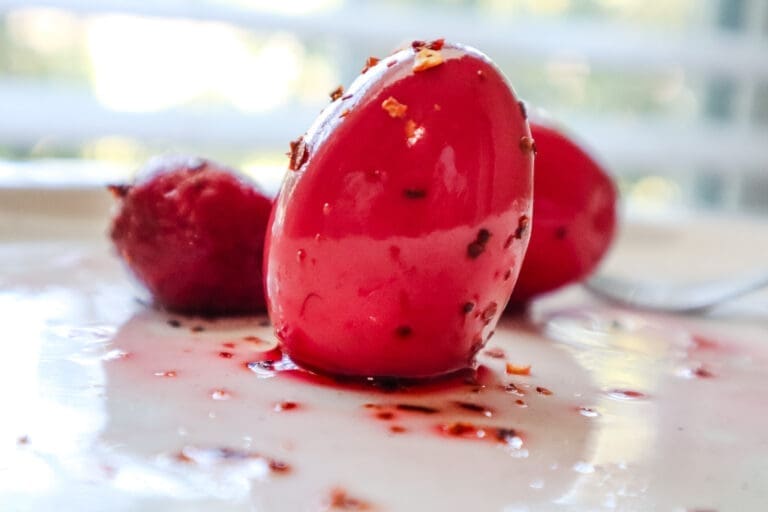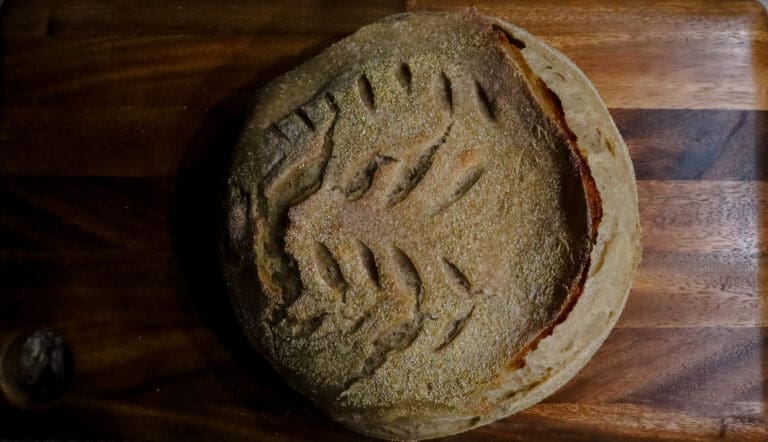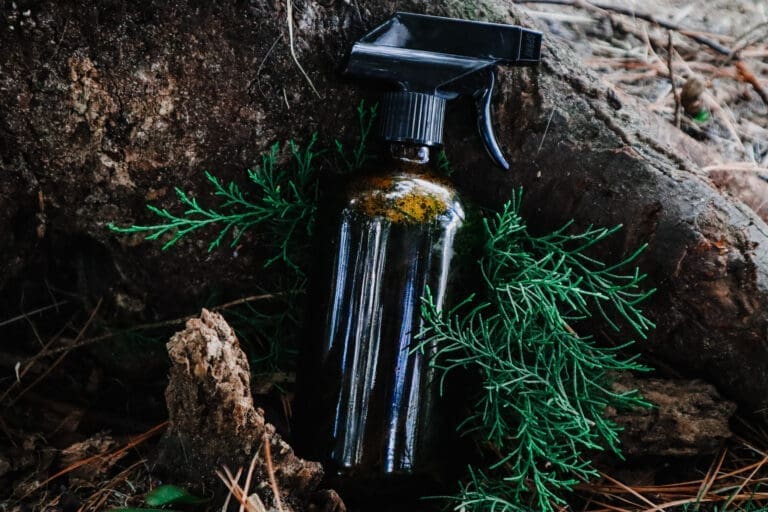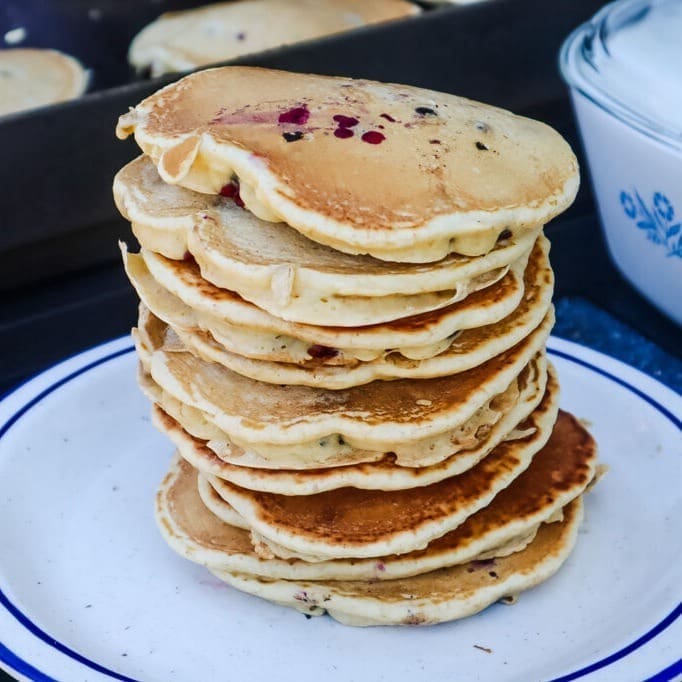What Is Sourdough Discard?
The plain and simple explanation is that sourdough discard is the portion of the sourdough starter that you toss out. Most people refer to this as the unfed portion, in other words, the sourdough that you don’t feed. While this is an accurate simple explanation, it really doesn’t explain much.
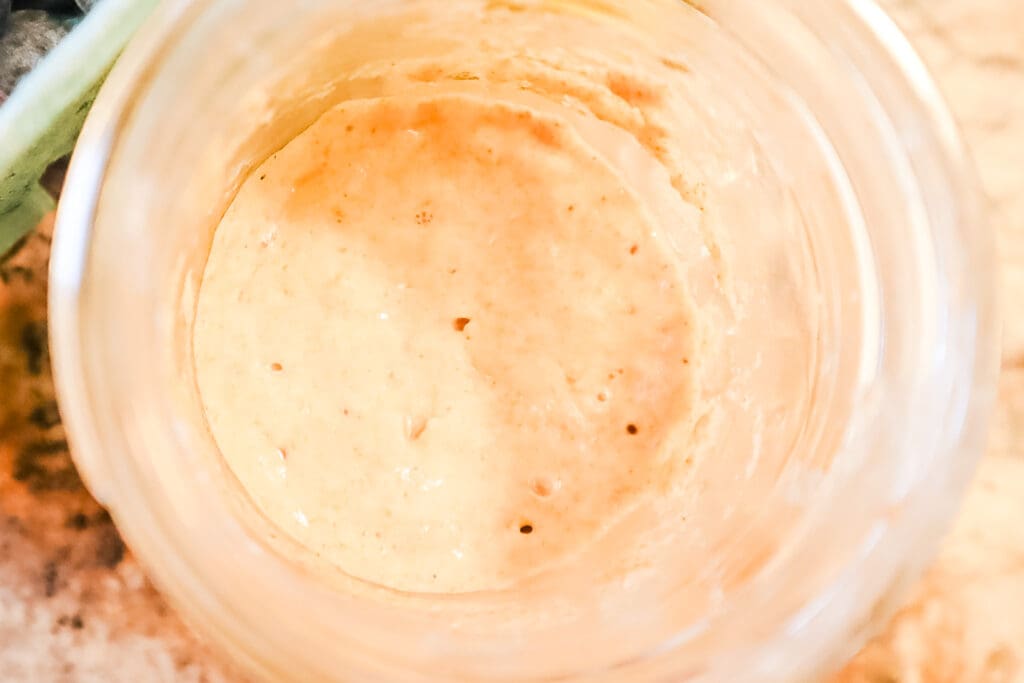
Table of Contents for What Is Sourdough Discard?
- Sourdough is not that complicated
- Sourdough Basics
- What is Sourdough made of?
- Fermentation Process
- Why do you throw sourdough discard away?
- Other uses for sourdough discard
Sourdough is not that complicated
It was sooo confusing for me when I first started out making my sourdough starter. I would mix up large batches of the sourdough starter. Then there I was, turning around, and throwing out half of it the next day. Of course, most of it went into my sink or my compost pile. But, It seemed like such an expensive waste! I didn’t understand why I would throw all of this good flour away and the answers I found were not very informative. Therefore my goal today is to attempt to put the crazy complicated science of sourdough discard into layman’s terms. Hopefully, worded in a way that confused people like me can understand.
Let us start with the sourdough starter basics:
Flour
Flour is essentially a ground-up seed. We call these seeds flour grains. Flour grains contain starches, proteins, lipids, enzymes, and more. They have everything in them that is necessary for them to grow into a thriving wheat plant one day. A grain is still a grain, even if it is ground up into little pieces. It doesn’t lose its components of starches, grains, lipids, enzymes, etc.. While the flour doesn’t lose its parts, it does gain some friends. These “friends” are also known as bacteria and wild yeasts.
Water
What happens when you add water to a seed? It turns into a little baby plant, right? The enzymes and proteins etc. in the seed all start working together to grow a healthy plant. Similarly, when you add water to flour it still thinks it is a seed and it still believes that it can grow into a plant. Consequently when you “water it”, its components start to work together to build a plant.
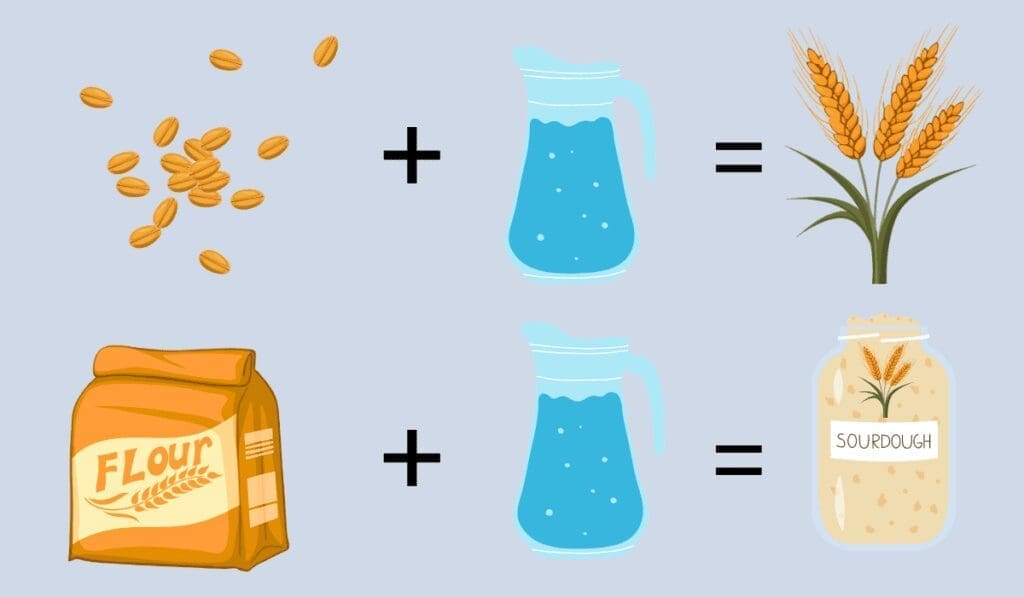
This is important to understand and remember when you are creating a sourdough starter.
What is a sourdough starter made of?
The sourdough starter is made of flour and water. When you add water to the flour it starts a fermentation process. Remember that the flour grains have starches in them to help feed the baby plant. The starch molecule is more like a storage container full of sugar. The starch has to be broken down for the plant to use it for food. Luckily, the flour already contains enzymes to help this process of breaking down the starches and turning them into sugar molecules.

Who loves sugar? Wild yeast and bacteria!!! When you add water to the flour, you are activating a superfood buffet of sugar for the wild yeast and bacteria. The yeast and bacteria then start having children and grandchildren. They reproduce at record speeds colonizing the starter. Each one of them survives on the sugar molecules created by the enzymes in the flour.
How do the wild yeast and bacteria ferment the sourdough starter?
As the wild yeast ingest the sugar molecules they subsequently convert them into alcohol and carbon dioxide. This alcohol is known as ethanol. You might see this dark liquid substance on the surface of the sourdough starter. The ethanol can contribute to the flavor and aroma of the dough. The carbon dioxide is what creates the bubbles in the starter and the leavening aka the rising effect in your dough.
The bacteria also digest some of the sugars in the flour. They then convert the sugars into lactic acid and acetic acid. These two acids give the sourdough its rich, mellow, and sour flavor. Just like the yeast, they can produce ethanol and carbon dioxide.
Why do you throw away sourdough discard?
Eventually, the fermentation process slows down. The flour-sugar buffet runs out of food. The room is now filled with yeast and bacteria who are all getting drunk on ethanol!! The party has to stop sometime. The yeast and bacteria end up getting alcohol and acid poisoning. They all start to die off. Next thing you know, what is left of the yeast and bacteria are now fighting for leftovers and the balance gets thrown out of whack!
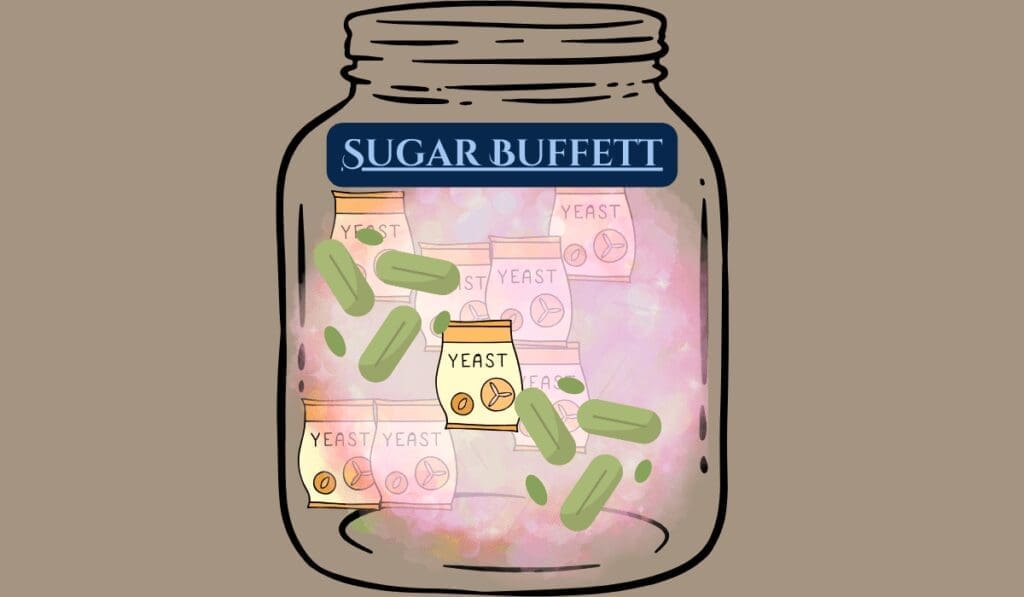
As we all know when there is chaos among the civilized, it is prime time for the bad guys to move in. Eventually, a whole bunch of thugs aka mold and bad bacteria will show up to the party and take over the whole place. That is when everything gets real nasty! Here you will be left with a dirty, smelly, rotten sourdough starter that even the dog won’t want to eat. All of your hard work will be ruined and you will have to throw out your precious sourdough starter.
OR….
You could clear out most of the buffet room and reset the place. Only keep a few of your most loyal yeast/bacteria patrons. Afterwards, you add in some more flour with fresh shiny new bacteria and wild yeast faces. Bada Bing! Once again, the flour sugar buffet is back in business and ready for another day. This wild yeast and bacteria scenario will happen day in and day out. Consequently, every day the sourdough starter will need to be cleaned up, cleaned out, and refreshed with new happy producing customers.
Why can’t I just keep feeding my wild yeast and bacteria colonies?
Well….. in theory you could. In reality, you would quickly run out of enough room to contain all of the flour and water necessary to sustain your colonies. Every time you add in more flour, you are adding in more reproducing bacteria and wild yeast to your already reproducing bacteria and yeast families. They all require food and the more offspring they produce the more food they require.
On top of that, all of the new offspring are producing waste products. Eventually, you will be stuck in the same situation but worse. You won’t have enough containers to contain all of your sourdough starter. On top of that, you will ruin all of your sourdough because you were not able to maintain the environmental balance. Think Woodstock 1999 but this time it is your sourdough.

Let us reiterate why it is important to discard your starter dough
- Ground-up flour contains all the components of seedlings plus bacteria and wild yeasts.
- When you mix flour and water together it activates enzymes to break down the starch into sugar molecules that yeast and bacteria can eat.
- The yeast and bacteria eat and multiply over and over again.
- The yeast begins to produce ethanol and CO2
- The bacteria produce Lactic Acid, Acetic Acid, and some CO2 and ethanol.
- Eventually, the bacteria and yeast have no food left to eat and start dying due to alcohol and acid poisoning.
- If you do not discard and re-feed your sourdough starter, mold, and bad bacteria will invade it. The sourdough starter will no longer be edible.
How often do I discard my sourdough starter?
Every time you feed your sourdough starter you need to discard some of it. This should occur 1-2 times per day until you establish a stable sourdough starter. Then you can place it in the refrigerator. Refrigeration slows down the yeast/ bacteria reproduction and their byproduct output.
What can I do with my sourdough discard besides throw it away?
- Put the sourdough discard in your compost pile. It will help add healthy bacteria to the compost.
- Down the sink. Yeast helps your septic tank maintain a healthy balance.
- Add it to your favorite baked recipes.
If you want to get more in-depth information about the science of sourdough starters check out this post from All You Knead Is Bread

